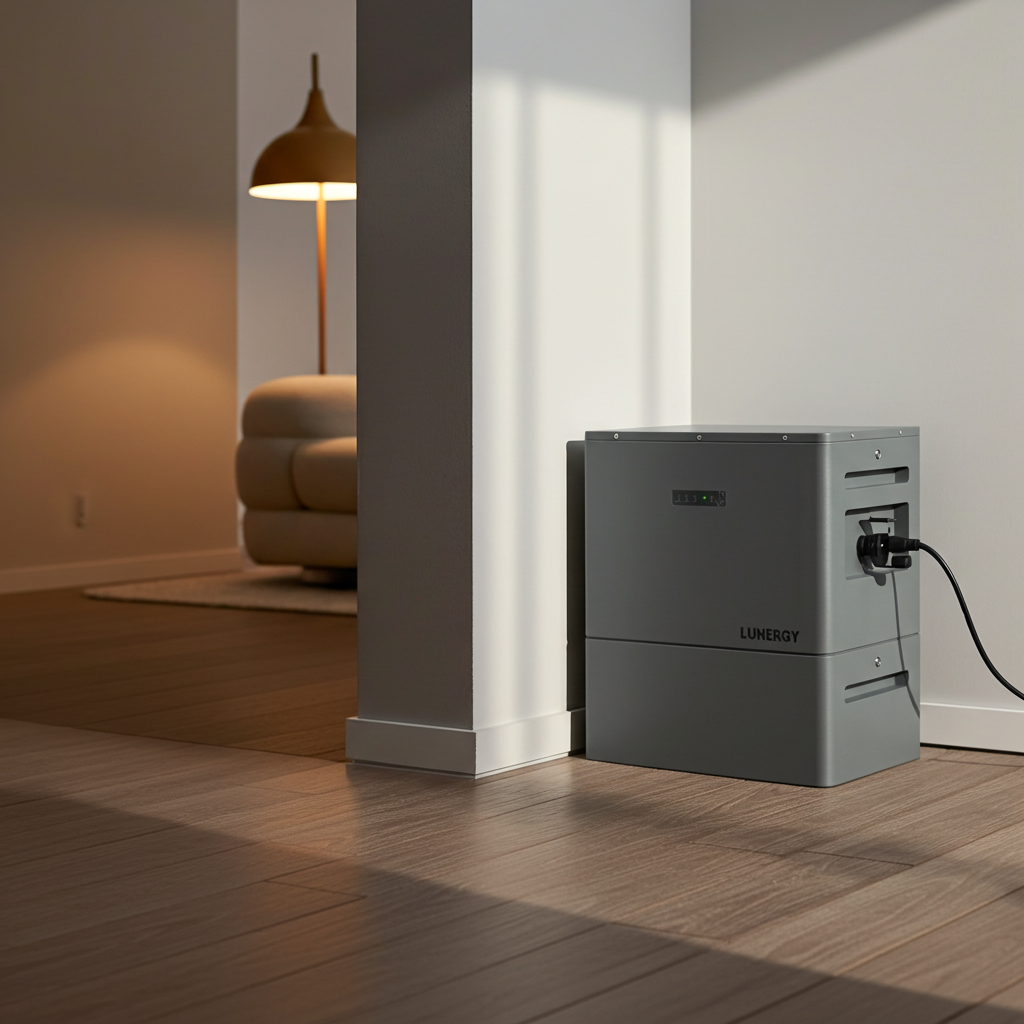
How to Choose the Right Home Battery for the End of Net Metering in 2027
Share
With the end of net metering in 2027, many homeowners are asking: Which battery should I buy to be prepared?
The feed-in tariff will likely fall to as low as €0.01/kWh, while the electricity you buy from the grid costs over €0.35/kWh. The gap is huge, which makes a home battery not just useful—but essential. But with so many options available, how do you make the right choice?
Power – How Much Do You Need?
The required power capacity of your battery mainly depends on the size of your solar installation.
If you have more than 3–5 kW of solar panels (usually 10 or more panels), you often generate a large surplus of electricity when you’re not at home.
For example: while you’re away during the day, your household may only use 200–300 W (fridge, Wi-Fi router, etc.), leaving a surplus of 3–5 kW. A small 800 W battery cannot store this, so the excess goes back to the grid at a very low tariff.
To capture this surplus effectively, you’ll need a battery with higher input power. Traditional wall-mounted batteries are expensive due to installation costs, so for most households a powerful plug-in battery is the best choice.
Capacity – How Big Should the Battery Be?
The ideal battery size depends on both your solar system and your lifestyle:
-
Work from home? You use most energy directly during the day, so a smaller battery (~2.5 kWh) may be enough to shift some energy into the evening.
-
Away during the day? Your surplus could reach 8–9 kWh, but such a large battery would be underutilized in winter. A 5–7 kWh battery usually strikes the best balance.
Expandability – Flexibility Matters
You won’t always know your exact needs upfront. That’s why expandable systems are so valuable: start small and add capacity later as your usage becomes clearer.
Check if the battery is stackable. If not, you’ll need to buy a completely new system (including another inverter) when expanding, which is costly and inefficient. Adding an extra battery pack is much more affordable.
Smart Features – Maximize Your ROI
A battery isn’t just for storing solar energy. The software and app behind it can make a huge difference in savings.
-
On cloudy days or in winter, a smart battery can charge during cheap hours (dynamic tariffs) and discharge during expensive ones.
-
In summer, it can automatically optimize storage and usage.
The smarter the app and Energy Management System (EMS), the higher your return on investment (ROI).
Backup Power – Stay Protected During Outages
Even though the Dutch grid is reliable, local outages can still happen due to storms, grid congestion, or technical failures. This could mean spoiled food in the fridge, a garage door that won’t open, or even damage to electronics.
If you live in an area prone to outages, choose a battery with off-grid output or UPS functionality. This ensures your essential devices keep running during a blackout.
Budget – How Much Do You Want to Spend?
-
Budget €6,000–10,000+
If you have a large system (>6 kW, 20+ panels), a traditional wall-mounted battery might be your best option. These save space and integrate seamlessly.
-
Budget ≤€2,000
A plug-in battery is ideal: no installer needed, no hidden costs—just plug it in and start saving.
Placement – Where Will It Go?
Planning to place your battery in the garage or outdoors? Always check the IP rating. Go for at least IP65 to ensure dust and water resistance.
Conclusion
Taking all these factors into account, we developed the Lunergy X2400 AC Plug-in Home Battery as the most balanced solution. It combines:
- High input power
- Expandable capacity
- Smart energy management
- Backup power functionality
- Easy installation
— all at an affordable price.
Of course, every household is different, so choose the setup that best fits your lifestyle. But one thing is clear: with the end of net metering in 2027, a home battery is no longer optional—it’s essential.
